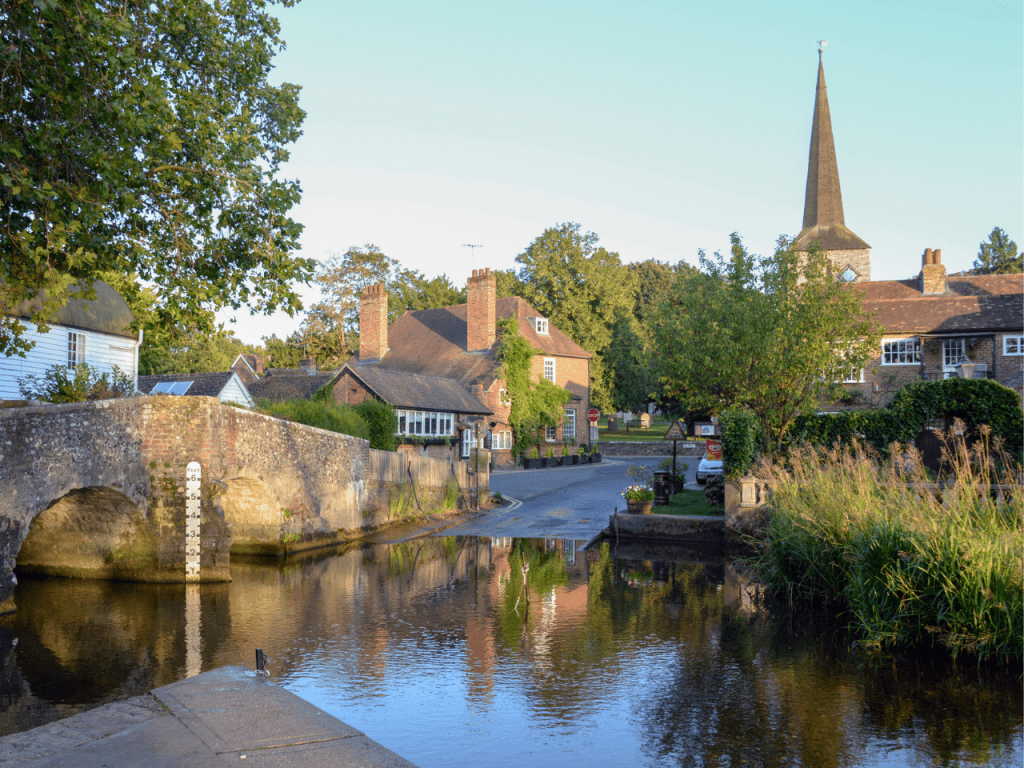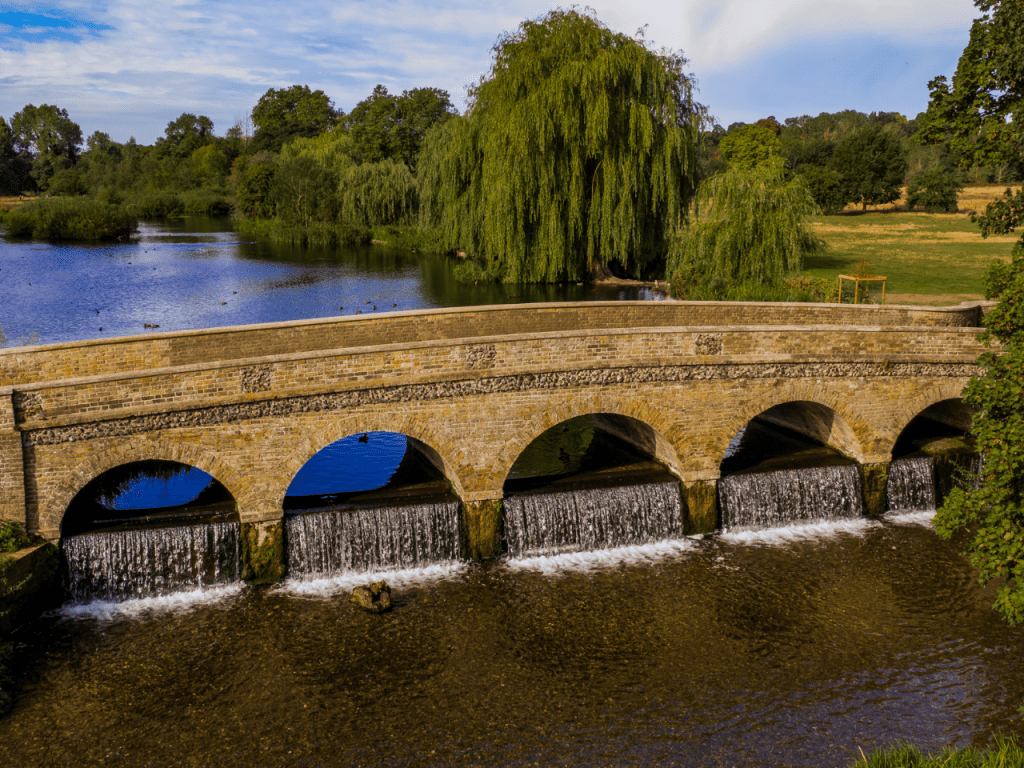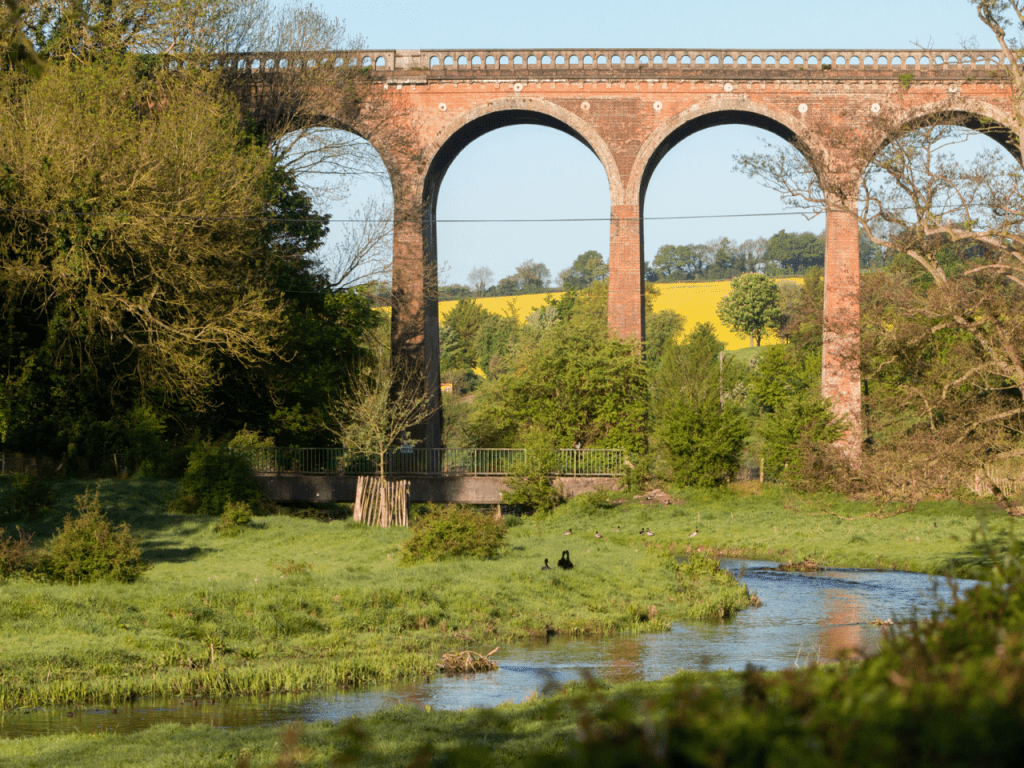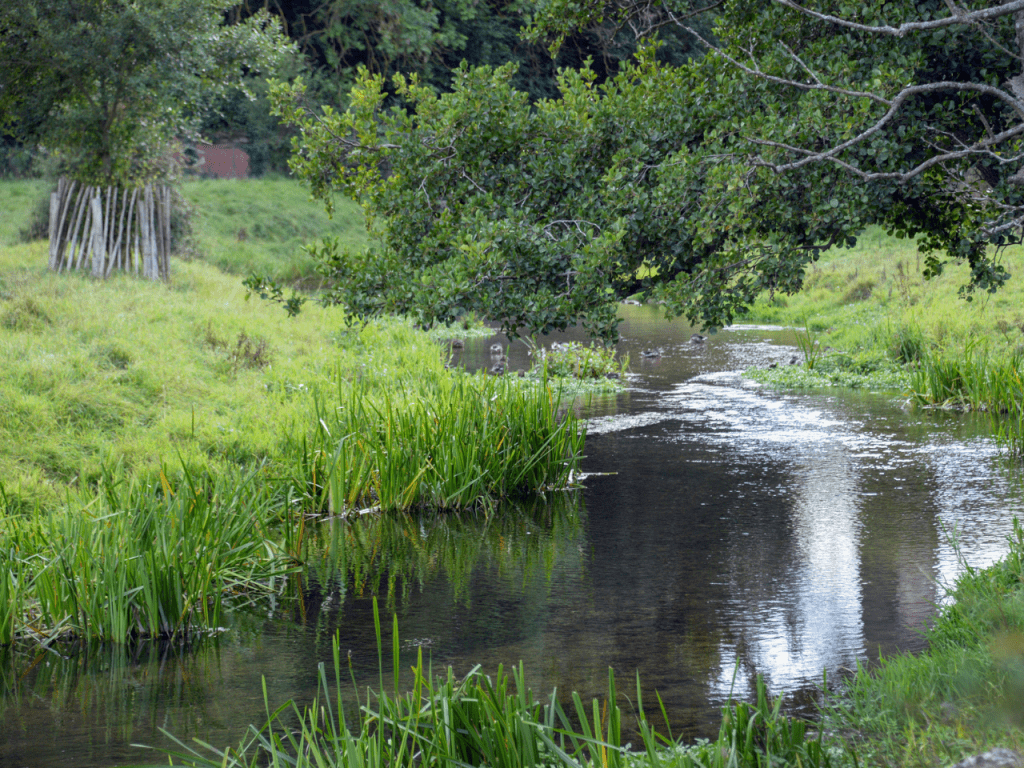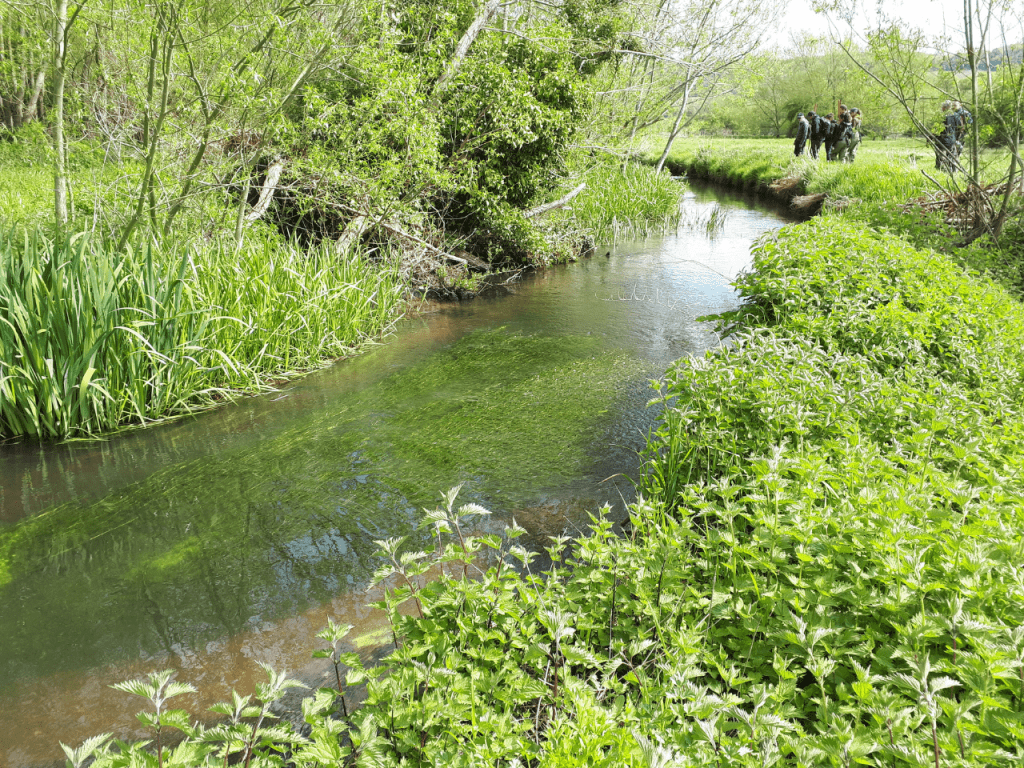Darent & Cray
The River Darent and River Cray are chalk streams. With only 210 chalk streams in the world, this makes them quite unique.

About the river
The River Darent rises in Westerham, fed by springs from the Greensand Hills and flows 21 miles through Otford, Eynsford and Farningham before becoming a tidal estuary in Dartford where it joins the River Thames.
The River Cray rises in Priory Gardens in Orpington, where rainwater permeates the chalk bedrock and forms a pond as the source of the river. The Cray makes its journey northwards through St Paul’s Cray, North Cray and Bexley, where it is joined by the River Shuttle and then turns east through Crayford to join the Darent in Dartford Creek.
The South East Rivers Trust co-hosts the Catchment Partnership for the River Darent and Cray, with the North West Kent Countryside Partnership. Visit the Storymap for the latest catchment plans.
What makes it special?
Chalk streams are characterised by clear, chalk-filtered water with an abundance of diverse wildlife. The River Darent is no different, home to a variety of fish such as tench, carp, bream, roach, perch, pike and eels. Walkers can enjoy the Darent via the 19-mile route created by Kent County Council called the Darent Valley Path through the Kent Downs Area of Outstanding Natural Beauty to the Greensand Hills above Sevenoaks.
The River Cray has a wealth of history, with references to the river dating back to Roman times. The river travels through Foots Cray Meadows, designated a Site of Metropolitan Importance for Nature Conservation. The South East Rivers Trust co-hosts the catchment partnership that looks after the river.
Issues
How Healthy is the Darent and Cray?
Read the latest catchment plans and issues on the Darent and Cray on our Storymap.
Click to find out more